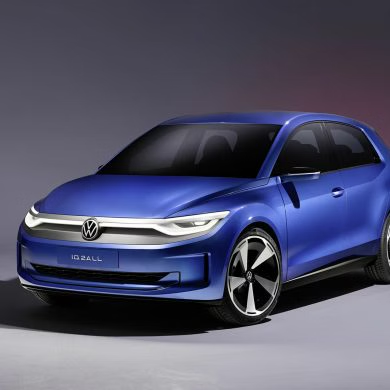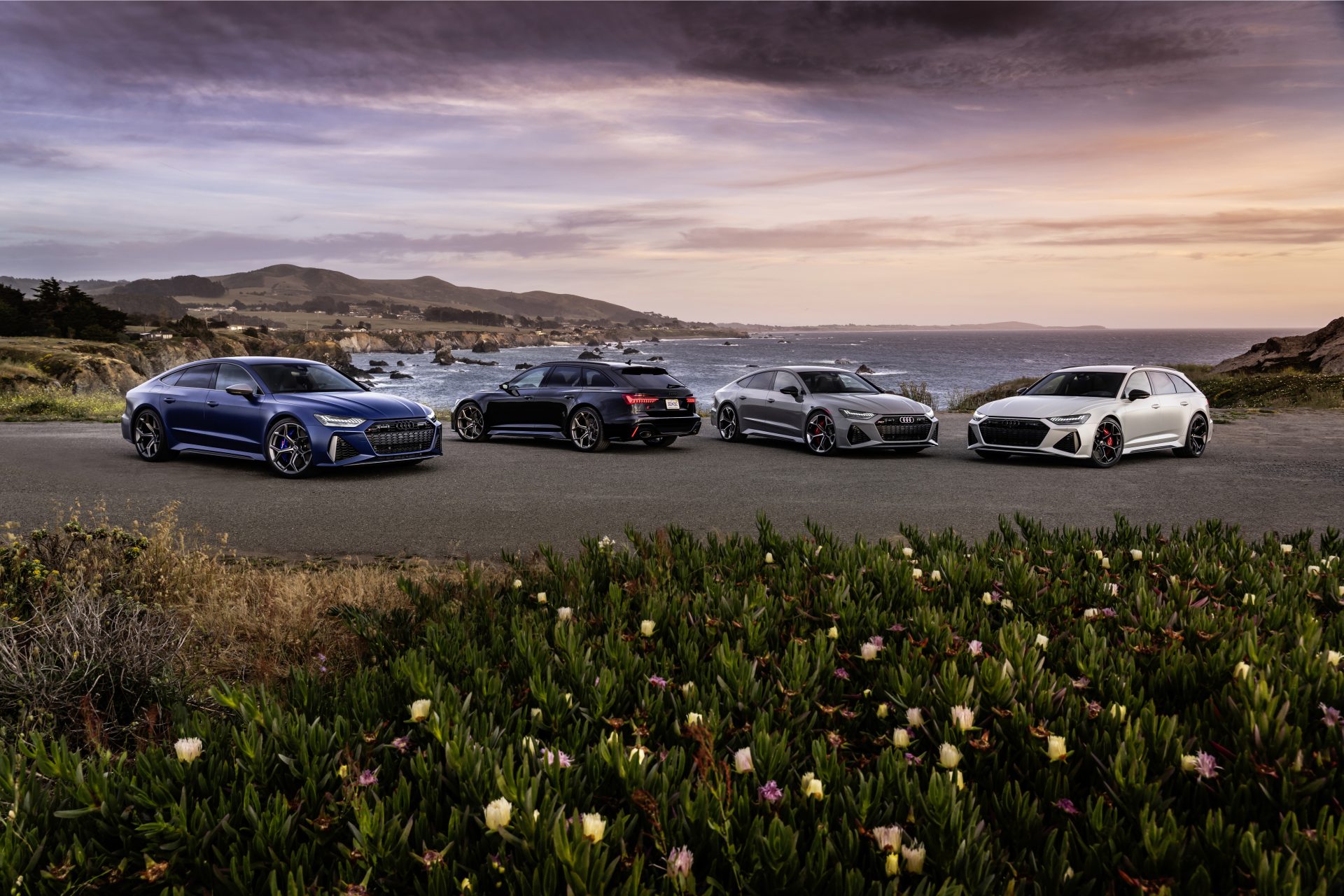
More powerful and faster than any previous RS 6 and RS 7: the new Audi RS 6 Avant performance and RS 7 Sportback performance are packed with enhancements that intensify their appearance and elevate the driving experience. The powerful 4.0-litre TFSI biturbo V8 biturbo engine now boasts 630 PS of power and a maximum torque of 850 Nm. From 8 December, both the RS 6 Avant performance and RS 7 Sportback performance are available at a price of 135,000 euros each.
At Audi, "performance" means more power. For example, the larger turbochargers and the increase in turbocharging pressure from 2.4 to 2.6 bar in the 4.0-litre V8 biturbo TFSI engine, which both the RS 6 Avant performance and RS 7 Sportback performance have, allow the engine's power to be increased by 30 PS and torque by an additional 50 Nm compared to the standard versions. This translates into an overall increase in power from 600 PS to 630 PS and maximum torque from 800 to 850 Nm. The performance models run from 0 to 100 km/h in 3.4 seconds, 0.2 seconds faster than the standard RS 6 / RS 7 versions.
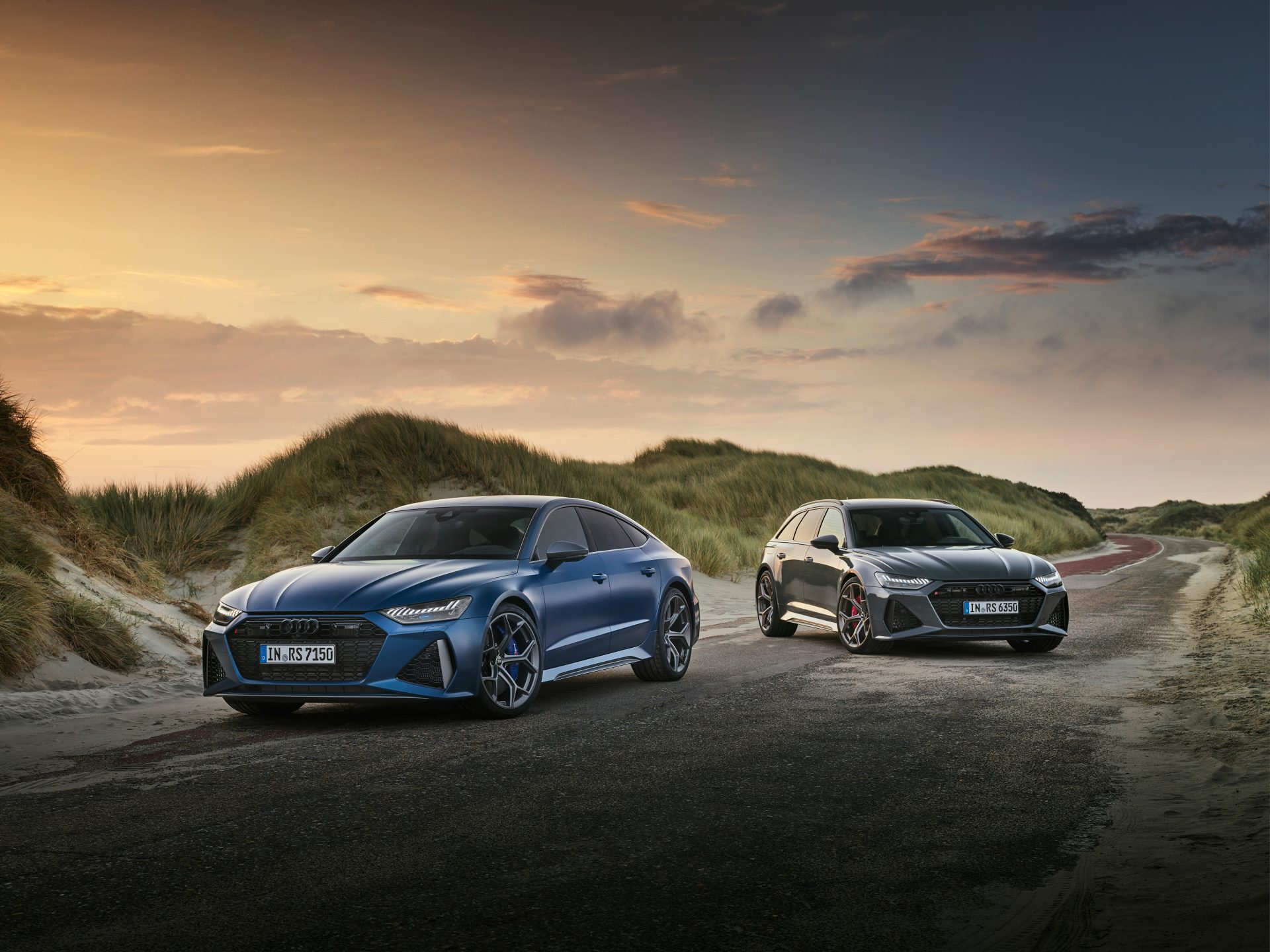
However, sometimes less equals more: the minimised insulation between the engine compartment, interior and rear of the vehicle ensures that the RS 6 Avant performance and RS 7 Sportback performance will captivate customers with an exciting, advanced sound experience - this reduction also saves eight kilograms in weight. The RS 6 Avant performance has a total weight of 2,090 kg, while the RS 7 Sportback performance weighs 2,065 kg.
Enhanced driving dynamics with new central locking differential
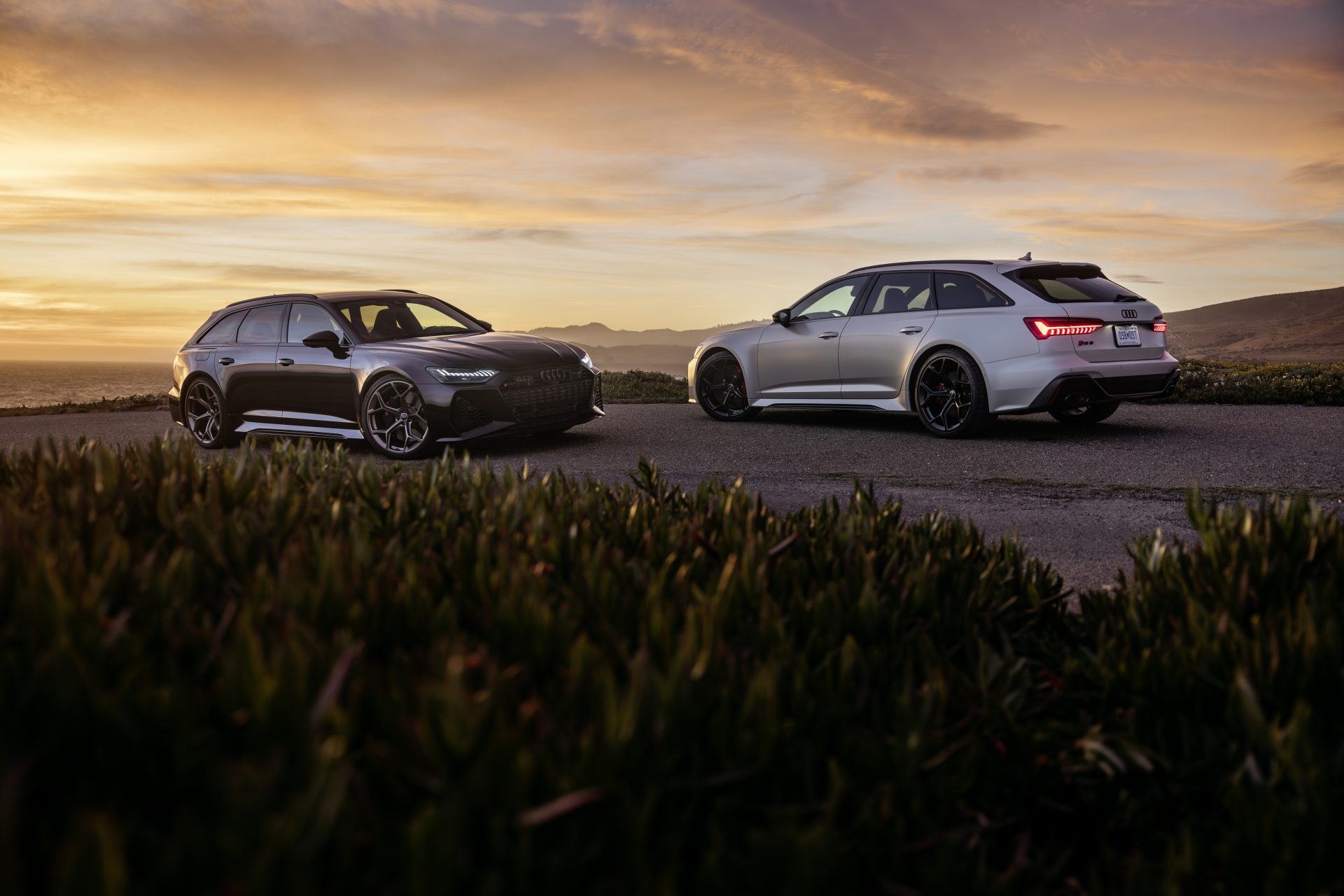
Power from the 4.0 TFSI engine is channelled through a standard eight-speed tiptronic transmission with faster shift times to the quattro permanent four-wheel drive. The wholly mechanical centre differential distributes engine power to the rear axle in a 40:60 ratio and in the event of a skid being detected, more drive torque is automatically directed to the axle with superior traction - up to 70% can flow to the front axle and up to 85% to the rear axle. The automatic locking centre differential is lighter and more compact, enhancing driving dynamics and offering noticeably sharper cornering, which results in less understeer at the handling limits. As an added improvement, the auto-steering response is more precise, with passengers benefiting overall from a more nimble driving experience.
Exclusive and high-performance: 22-inch wheels with high-performance tyres
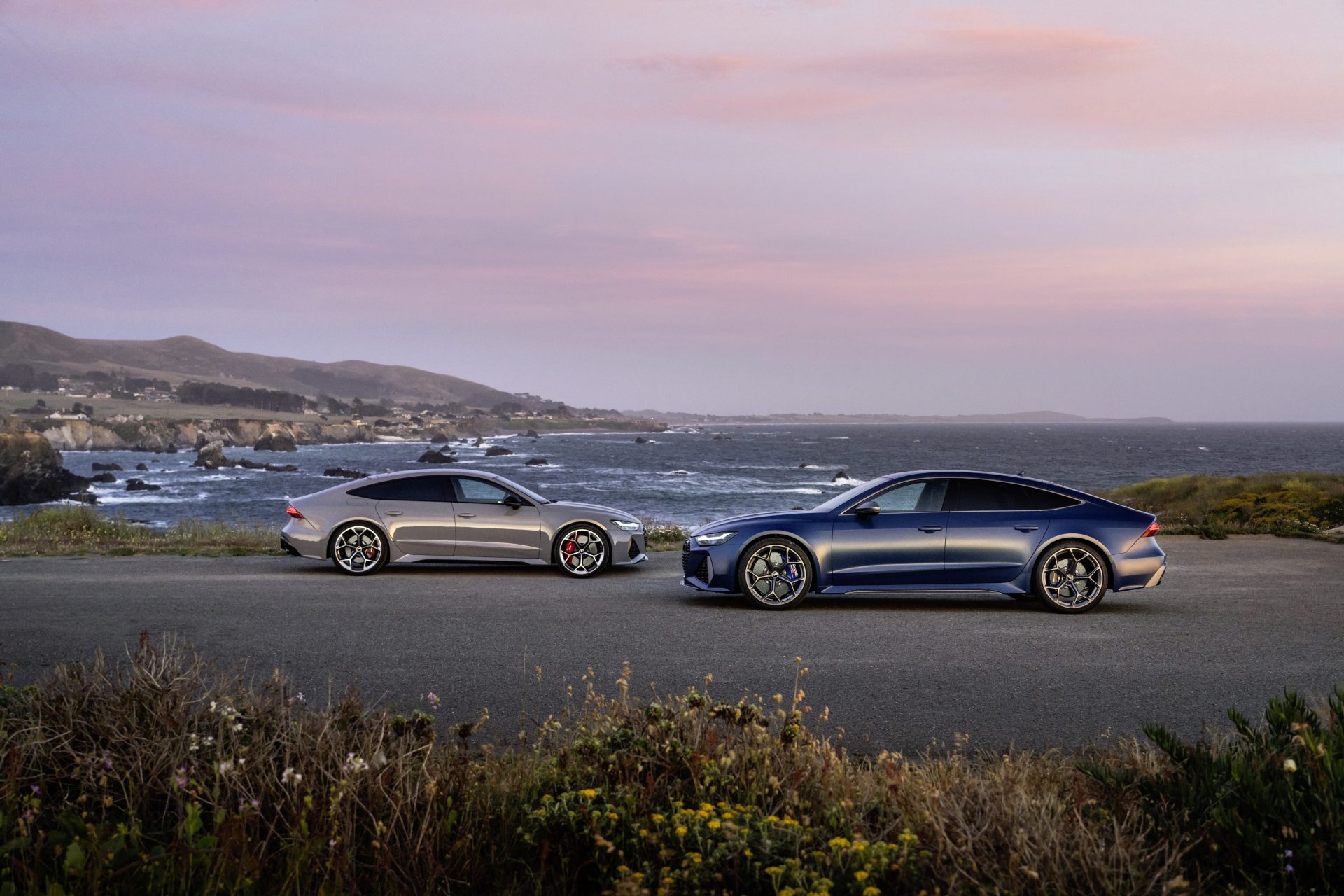
The new RS 6 Avant performance and RS 7 Sportback performance come off the assembly line with standard 21-inch cast aluminium wheels in a ten-spoke star design and 273/35 tyres. For a sportier aesthetic, 22-inch lightweight wheels are also offered in addition to the standard 22-inch cast aluminum wheels - in glossy metallic black, matte gray, matte black or matte neodymium gold. Drawing inspiration from motorsport, the airy 5Y spoke design helps cool the brakes, while the lighter wheels are manufactured using a high-tech forging-milling process. The new lightweight rim is around five kilograms lighter than the 22-inch aluminium wheel on the current RS 6 Avant or RS 7 Sportback - this 20kg weight reduction on the unsprung masses enhances throttle response.
The new high-performance Continental "Sport Contact 7" 285/30 tyres, which are part of the new lightweight wheel, play a key role in weight reduction. The tyres consistently offer superior grip on both dry and wet pavement, reduce understeer in corners at speed, leading to overall more precise handling across the gear range. In addition, braking distance is up to two metres shorter with the new wheels when braking from 100 to 0 km/h.
The Audi drive select dynamic handling system allows the driver to set the character of the vehicle. Six profiles are available: efficiency, comfort, auto, dynamic, along with two customisable RS-specific modes RS1 and RS2.
But the experience of driving functions in performance models is much more unique. For example, the coasting mode is now automatically activated only in the efficiency profile, which means that in speed ranges up to 160 km/h, it turns off the combustion engine and coasts without fuel consumption or engine torque drag. In addition, fine-tuning of the engine control unit software allows tighter load changes in S mode when the "dynamic" driving selection or S driving mode is active, further enhancing the emotionality. The upgraded software in the gearbox control unit results in faster gear change times and a noticeably wider spread between different driving modes.
RS Dynamic package as standard equipment
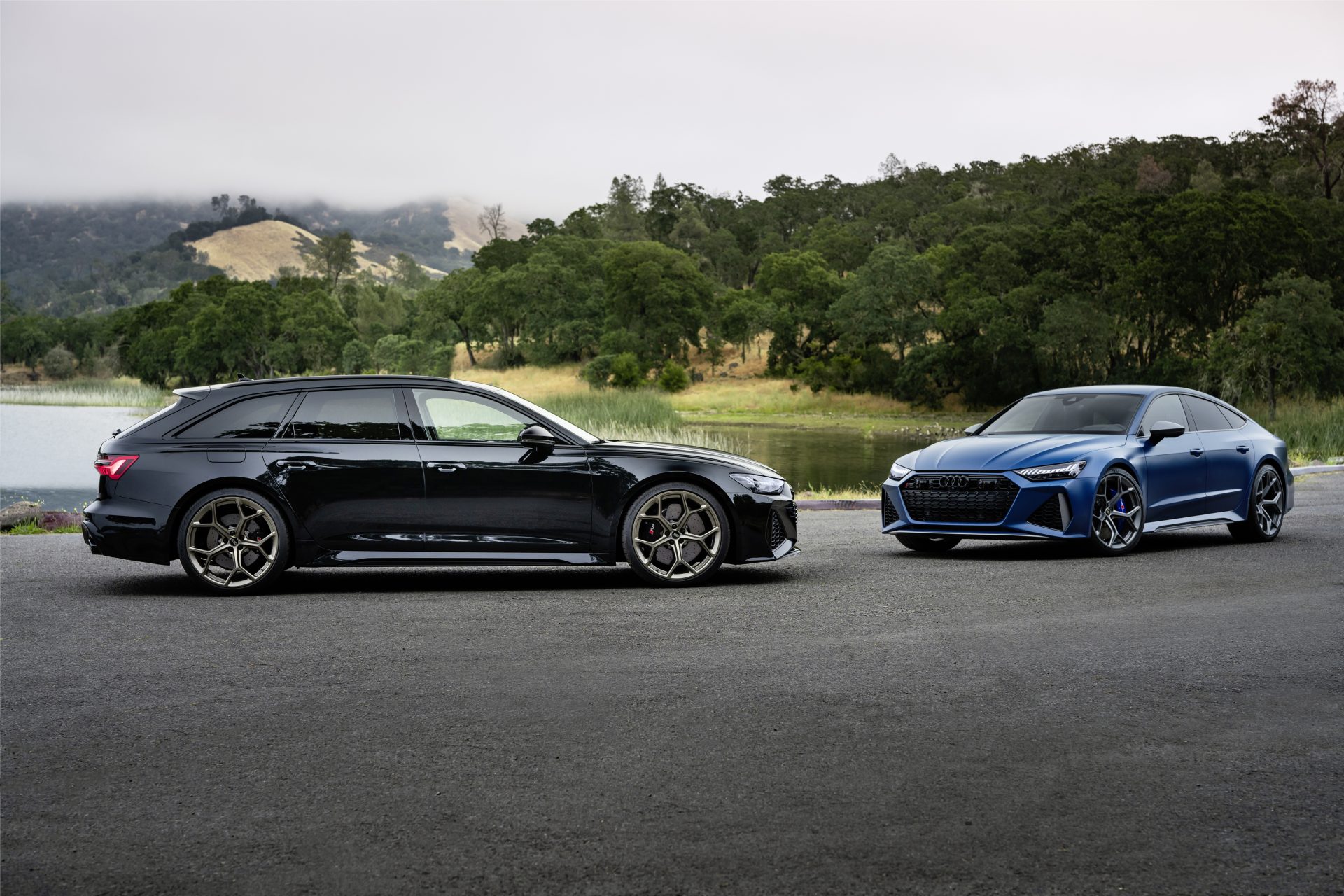
The RS Dynamic Package is standard equipment on the RS 6 Avant performance and RS 7 performance models. This includes an increase in top speed to 280 km/h (180 mph), dynamic all-wheel steering (the RS-specific software upgrade assists the driver with active steering corrections on the front and rear axles) and a quattro sport differential on the rear axle.
The RS Dynamics Package plus is available as an option, which in addition to the RS Dynamics Package, increases the top speed to 305 km/h and includes an RS ceramic brake system. Customers can order the calipers in grey, red or blue and the discs have dimensions of 440 mm (front) and 370 mm (rear). The RS ceramic brake system weighs around 34 kg less overall than its steel counterpart, resulting in a reduction in unsprung masses.
New exterior colours and optical packages
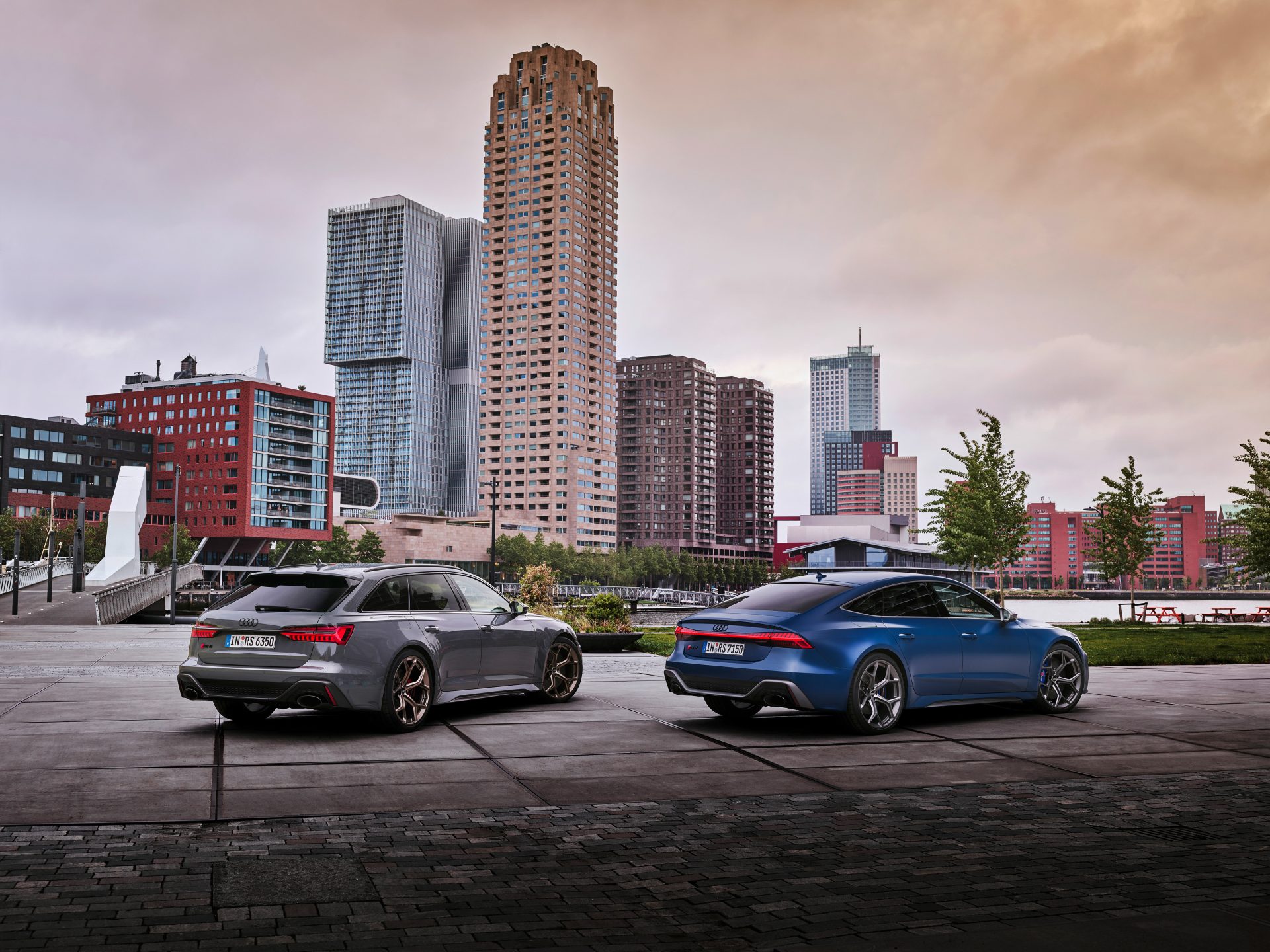
The new RS 6 Avant performance and RS 7 Sportback performance are available in a total of 16 exterior colours - for the first time including metallic and matt Ascari Blue and matt Dew Silver. The performance models stand out with standard RS exterior trim in matte grey, including exterior mirrors, front spoiler, front side wings, side sill inserts, roof rails and trim on the side windows and rear diffuser. The matte carbon/black optic package is also optional, in which the roof rails and the trim on the side windows are black. Audi rings and the model name are available in the customer's choice of chrome or black.
Out of nowhere: new interior touches and features
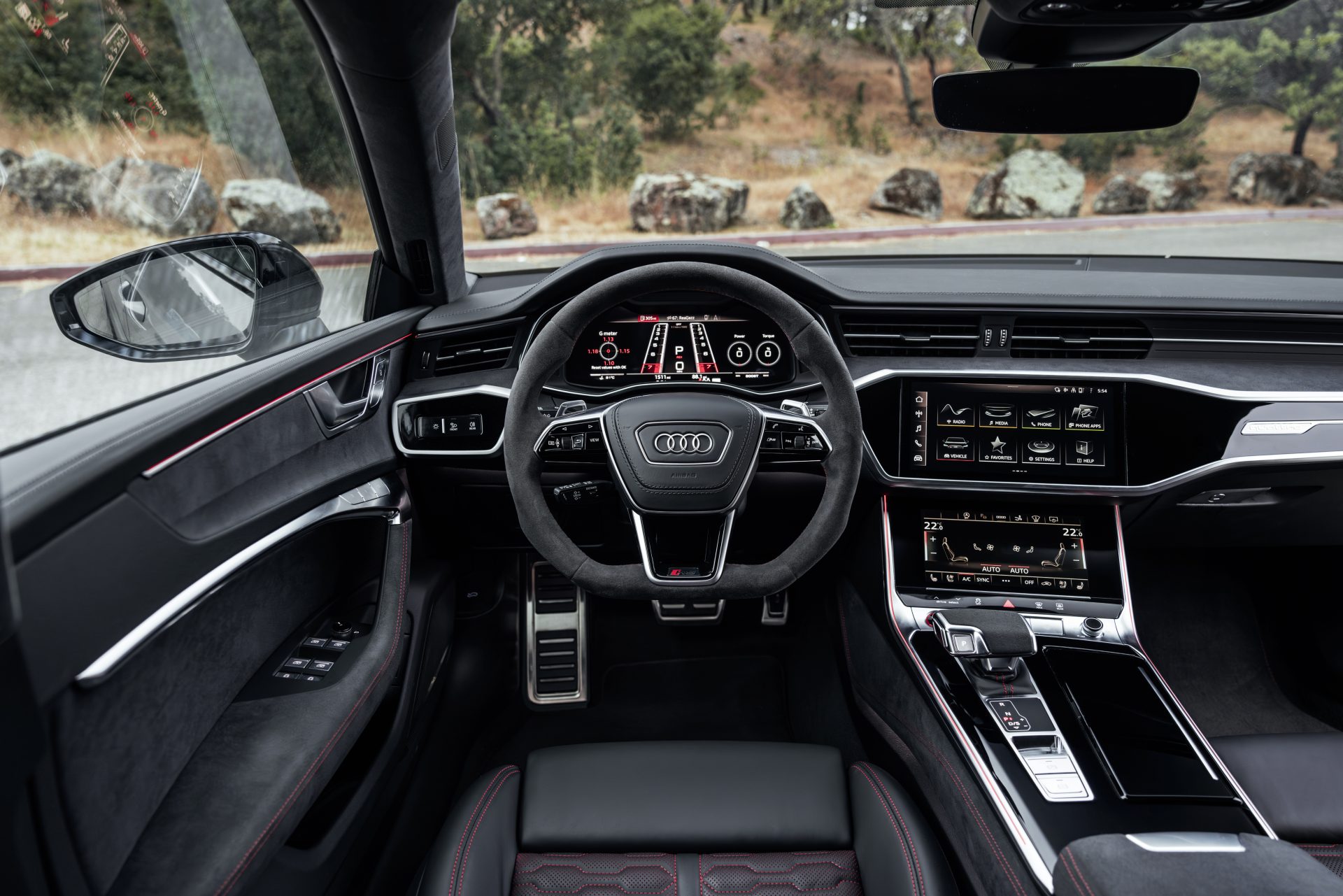
Inside, the familiar RS design packages in grey and red have been extended to blue. The steering wheel bezel in black Alcantra features contrast stitching in blue Mercato, while the floor mats, the side of the centre console and the gear selector sleeve also feature blue contrast stitching. The seat belts are all ocean blue with decorative inserts in carbon twill structure, with optional blue accents. The selector lever knob and the side of the center console are made with Dinamica microfiber, which is approximately 45% of recycled PET fiber, while the sport seats feature high-quality Valcona perforated leather upholstery with honeycombed stitching with contrast stitching in Mercato blue. Another distinctive feature is a front door entry LED that projects the "RS performance" lettering on the ground next to the car.
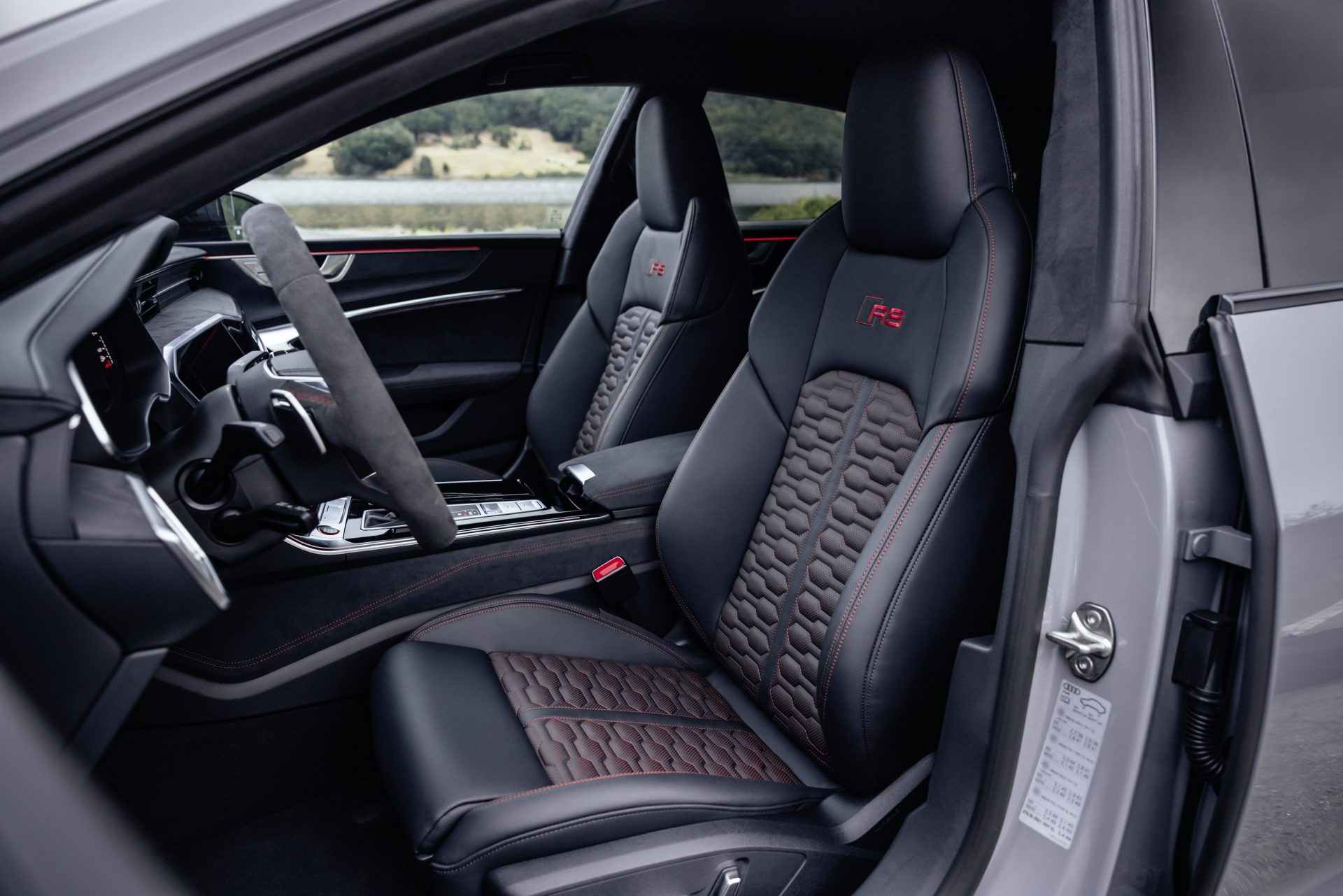
Customers can order RS design packages in the three available colour variants with optional additional features: decorative inserts, door armrests and a Dinamica microfibre centre armrest. An added benefit of this equipment variant is the seat centre panel with grey, red or blue inlay, while the customer's chosen colour is displayed through the perforated sports seats and the seat backs are embossed with RS in matching colours.
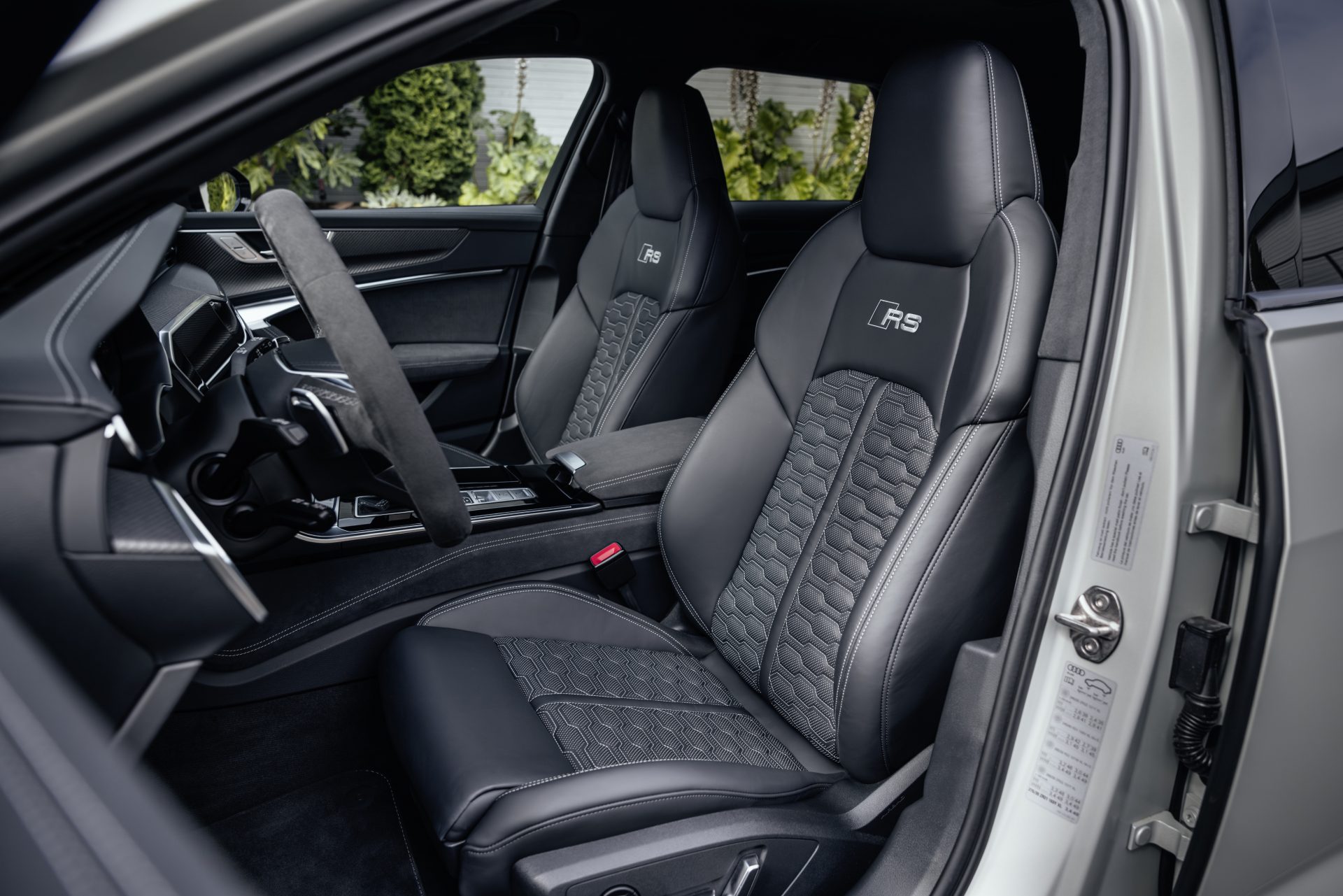
Customers can use the new "Audi Exclusive Customizer" visualization tool to design their vehicles in thousands of individual combinations to create their own personalized special edition. They can choose from a wide range of individual paint finishes and leather and seam colours; the tool uses a 3D model to visualise the personalisation process. See the configurator here.
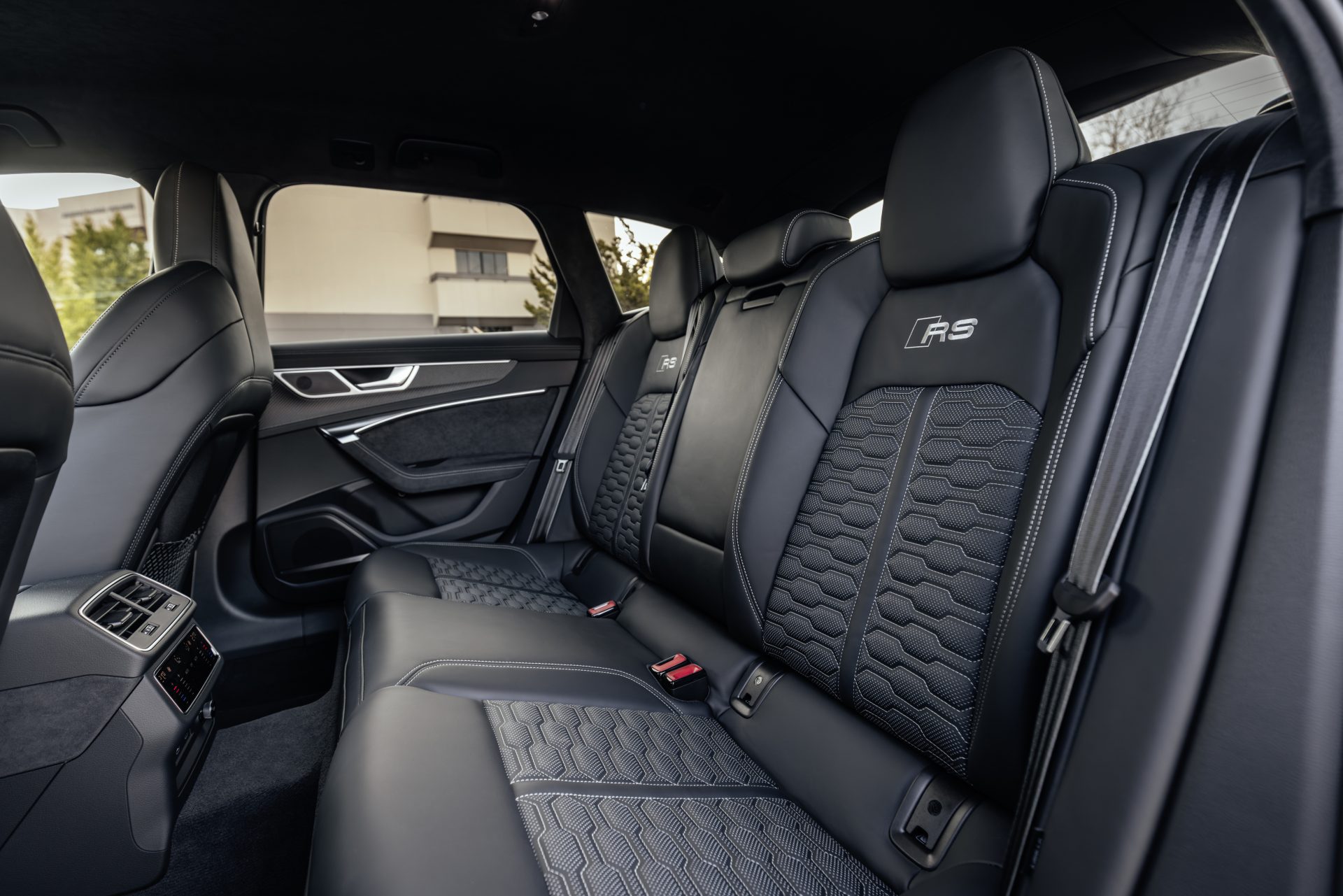
The standard 12.3-inch Audi virtual cockpit plus displays offer new functions, such as a gearshift indicator in manual transmission mode, which changes the rev indicator from green to yellow and red, flashing in a manner identical to that used in motorsport to signal the optimum time to change gear. In addition, Launch Control, which takes full advantage of the performance acceleration capabilities of the RS 6 Avant and RS 7 Sportback by signalling the ideal moment for acceleration from a standstill, comes with new traffic light icons.
Performance with tradition: from the RS 6 Avant plus to today
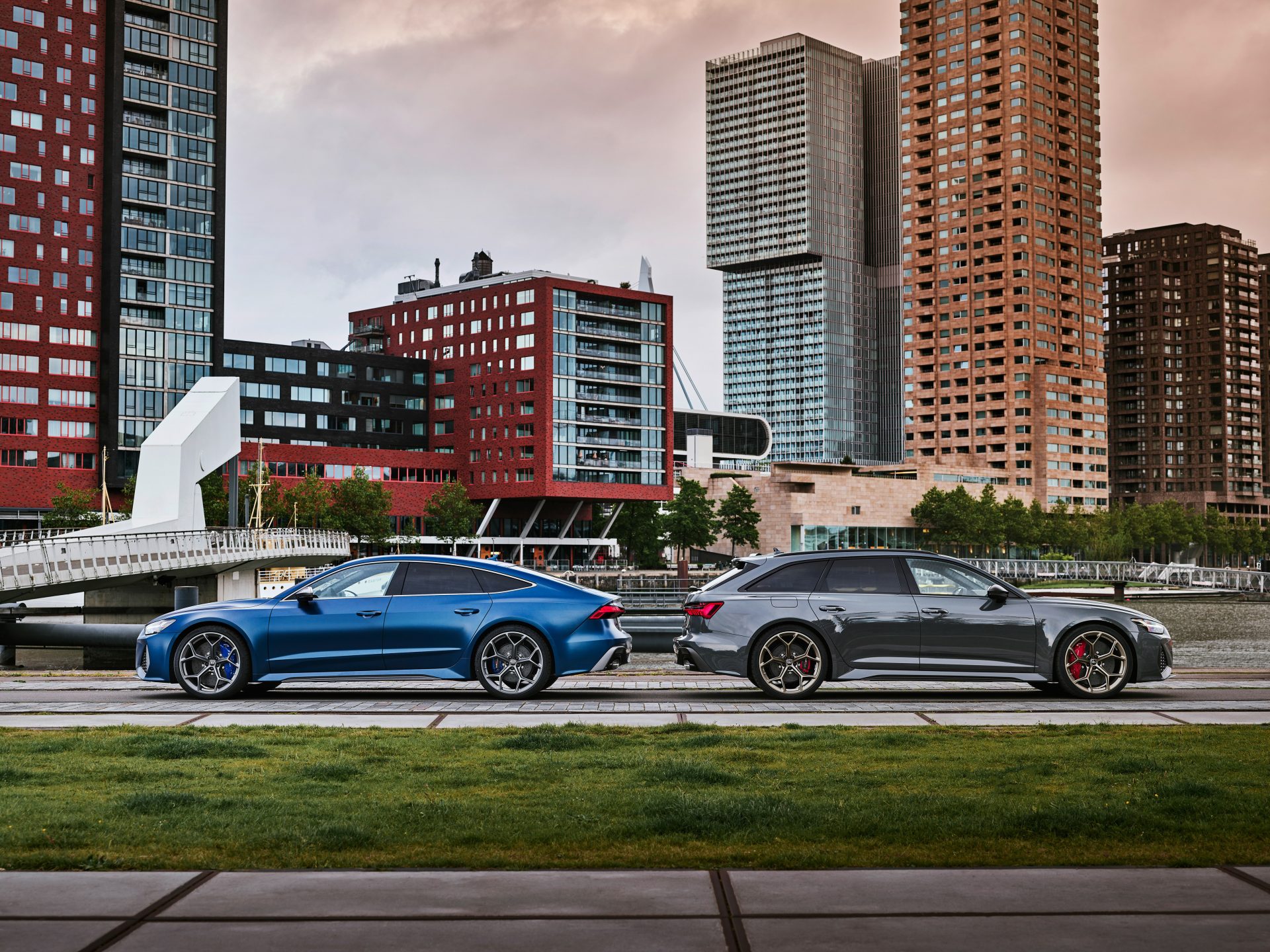
The RS 6 Avant performance and RS 7 Sportback performance in the C8 generation continue Audi's long-standing sporting strategy with the plus and performance models. It all started with the RS 6 Avant plus in the C5 generation, just before the series was discontinued in 2004, quattro GmbH (now Audi Sport GmbH) launched a special limited edition of 999 units with a subtle power upgrade. Engine output was increased by 30 PS to 480 PS and the model carried the distinction of being the first Audi to officially exceed 250 km/h (155 mph). Audi Sport accelerated the RS 6 plus to 280 km/h, making it the fastest sports car. Without the engine control unit, its top speed exceeded 300 km/h.
The plus version of the C6 generation was launched in 2008 and was limited to 500 units. Unlike its predecessor, it had no additional power; the V10 retained its 580 hp. However, Audi limited the top speed of the Avant and Sedan specials to 303 km/h; the only faster vehicle at the time was the R8.

In the C7 generation, "plus" became "performance" - the Audi RS 6 Avant and RS 7 Sportback performance came off the line in 2016, with a slightly tweaked engine, power increased to 605 PS, 45 PS more than in the base model. The overboost mode was briefly bumped up to 750 Nm in " dynamic " driving mode and, depending on equipment, the speed was limited to 250, 280 or 305 km/h.




